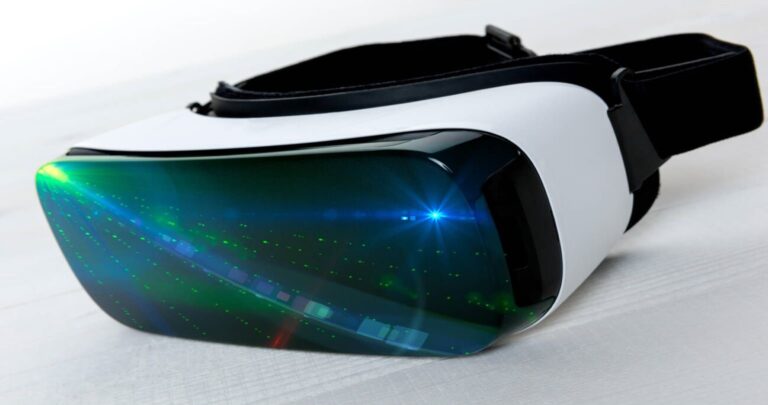
Source: news.google.com
One hurdle with current displays for AR/VR (Augmented Reality/Virtual Reality) is that their resolution is relatively low, which in turn leads to visibility issues and user discomfort. In an effort to improve AR/VR displays, a startup called Swave is developing chips that take advantage of advances in photonics and lithography to achieve much better screen resolution than current technologies.
The new company is a factory-less semiconductor company spin-off from Imec, Europe’s largest independent research center for nanoelectronics and digital technologies. Swave has undergone a seed round of funding and is led by Mike Noonan, a longtime electronics industry executive whose experience includes positions at GlobalFoundries, NXP, National Semiconductors and Cisco Systems.
Swave takes advantage of Imec’s holographic technology, which uses diffractive optics that can reconstruct 3D light waves that represent all the elements of an image, Noonan said in a recent conference call with DesignNews. Competing technologies include Texas Instruments’ Digital Light Processing (DLP) technology, which differs from Swave’s approach in that it uses an array of digital micromirrors to reflect rather than refract arrays of light.
Swave’s diffractive optics approach, called HXR, uses sub-half wavelength pixel technology to achieve spatial modulation of light. The light is ‘sculpted’ through the interference of light diffracted by the ‘on’ pixels, producing an array of tiny, densely packed pixels that provide high resolution and an ultra-wide field of view. The technology projects realistic holographic images that eliminate current AR/VR/XR challenges of focal depth and eye tracking, so viewers can easily focus on objects near and far. The technology achieves resolutions hundreds of times better than existing methods and can be scaled to produce arrays of up to 64 gigapixels, according to Swave.
The company envisions a range of potential applications emerging from this technology. On the one hand, Swave envisions the development of lighter, lower-cost AR/VR glasses that enable direct wide-angle viewing without developer, achieving high-resolution images without the eyestrain and headaches common with these products.
Another potential application would be 360-degree holographic walls that provide an immersive viewing experience without having to wear 3D glasses. Such holographic systems would comprise a series of holographic boxes and allow for flexible geometries and visualization of life.
Other potential applications include collaborative video conferencing and head-up displays for automotive and aerospace systems.
Swave will produce large chip versions (2cm x 2cm) for ultra-high-end holographic display applications, and tiny versions (0.5cm x 0.5cm) for ultra-lightweight handheld devices. Initial samples of HXR chips are planned to be available in 2023. Future versions of HXR chips will be optimized for additional emerging AR/VR/XR applications.
The company expects to start mass production by 2024.
Spencer Chin is a senior editor at Design News, covering electronics. He has many years of experience covering developments in components, semiconductors, subsystems, power, and other facets of electronics from a business/supply chain and technology perspective. He can be contacted at [email protected]
Read More at news.google.com
